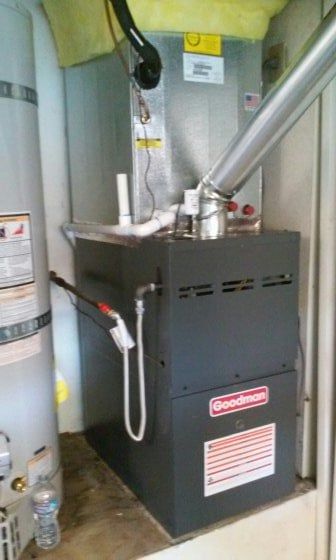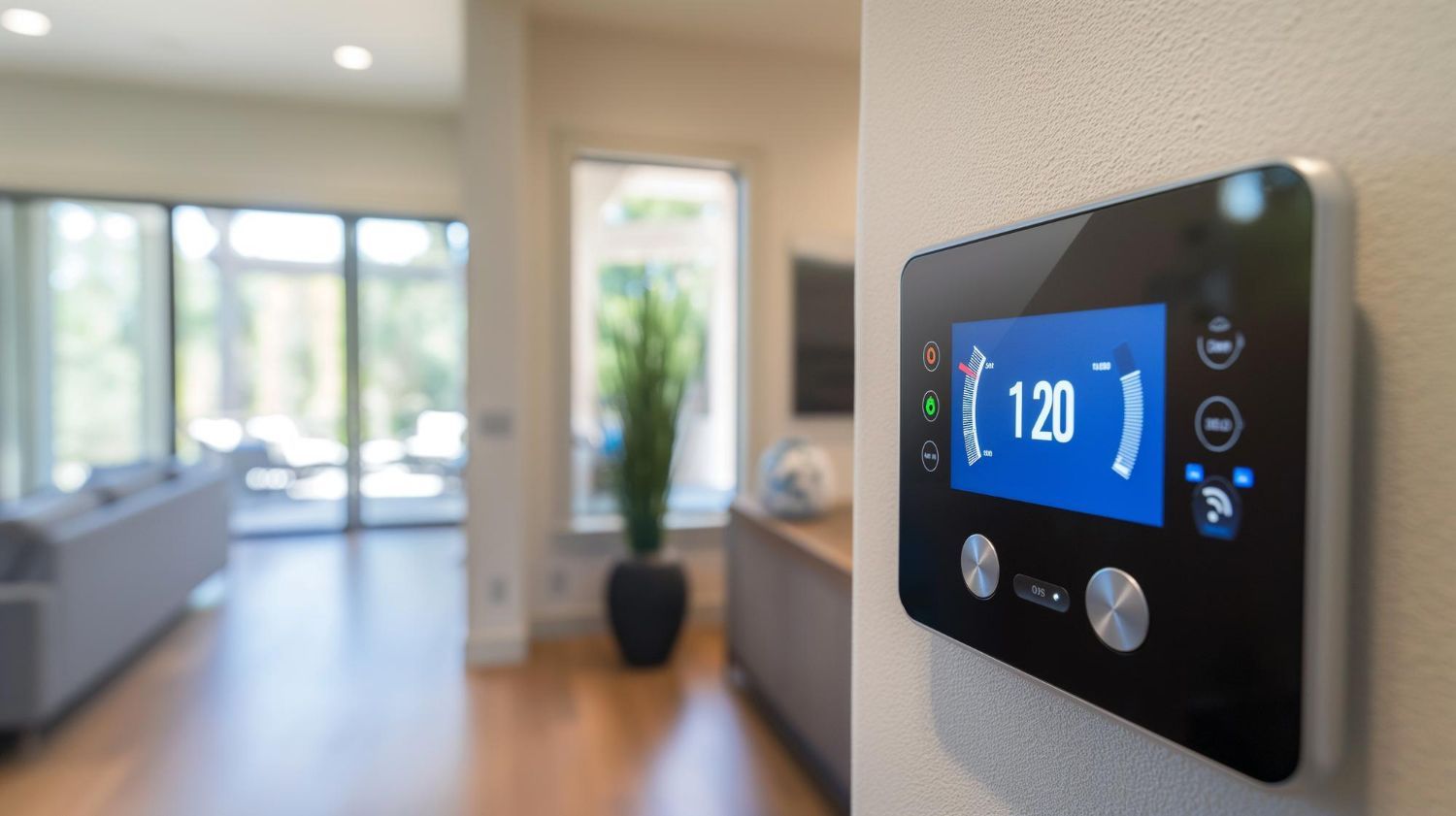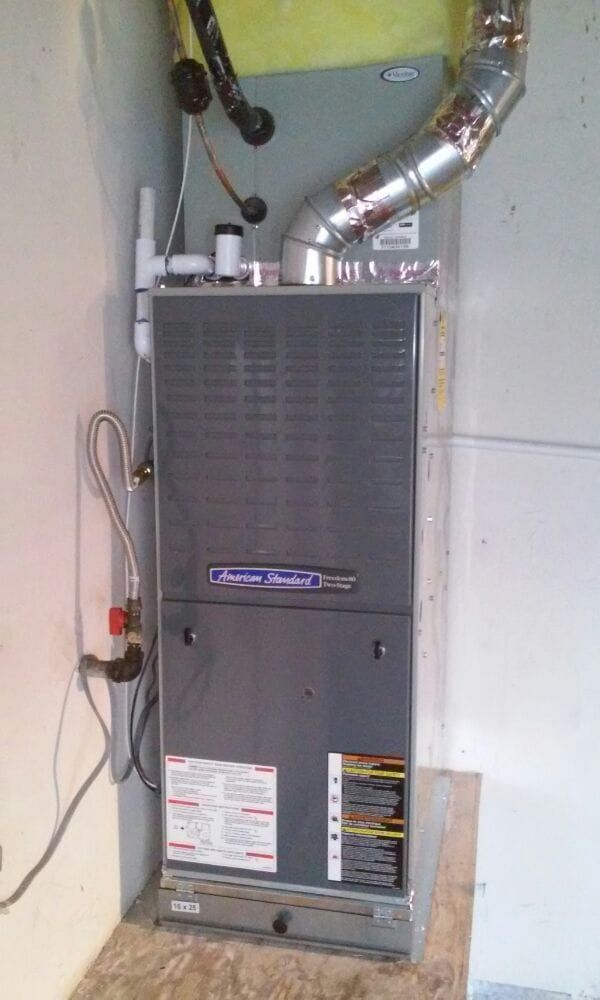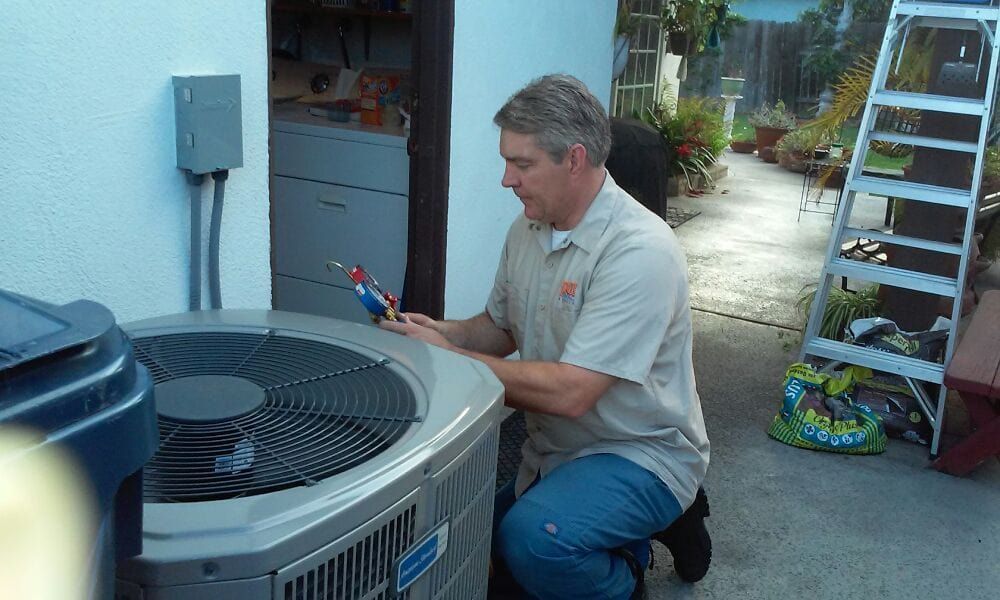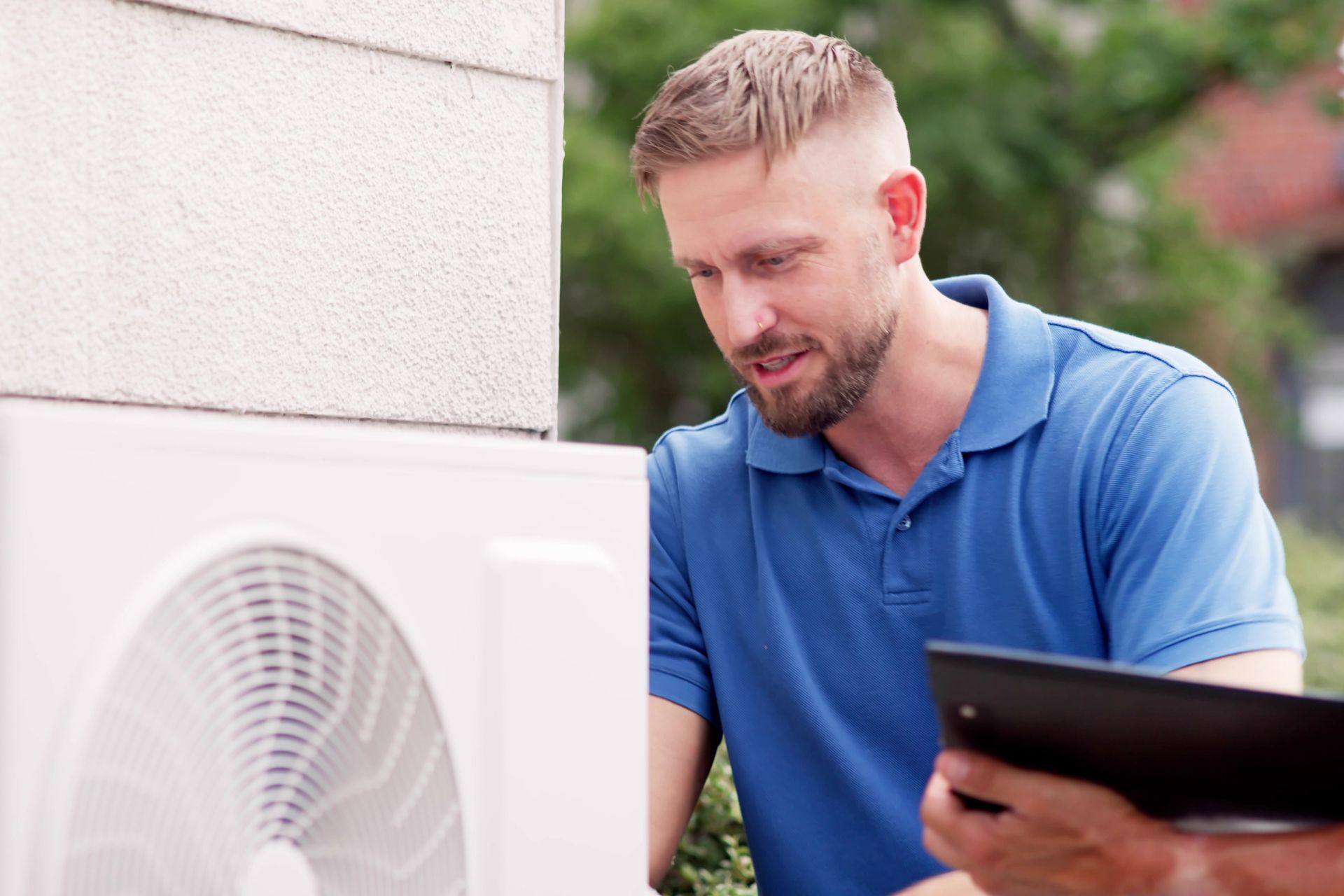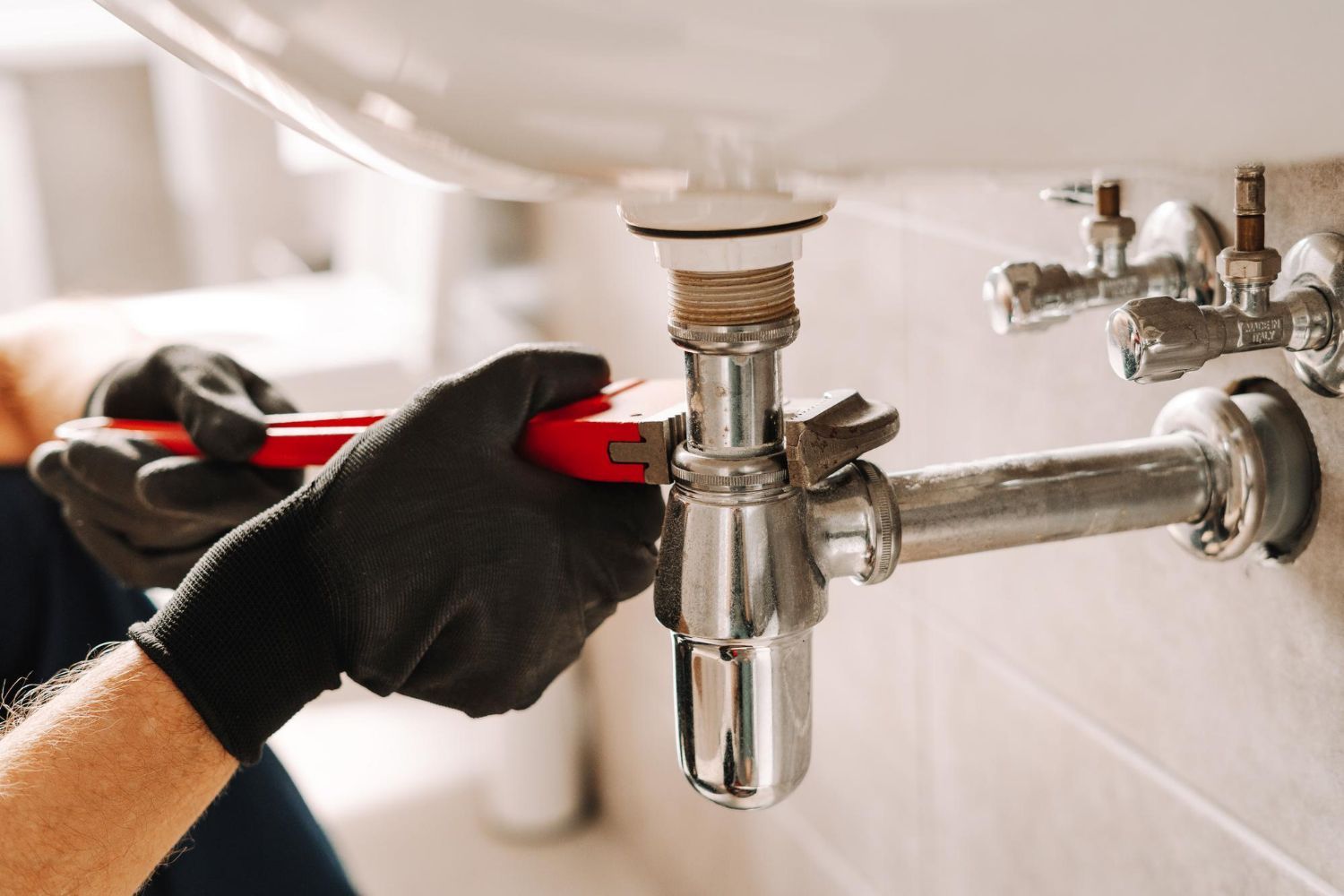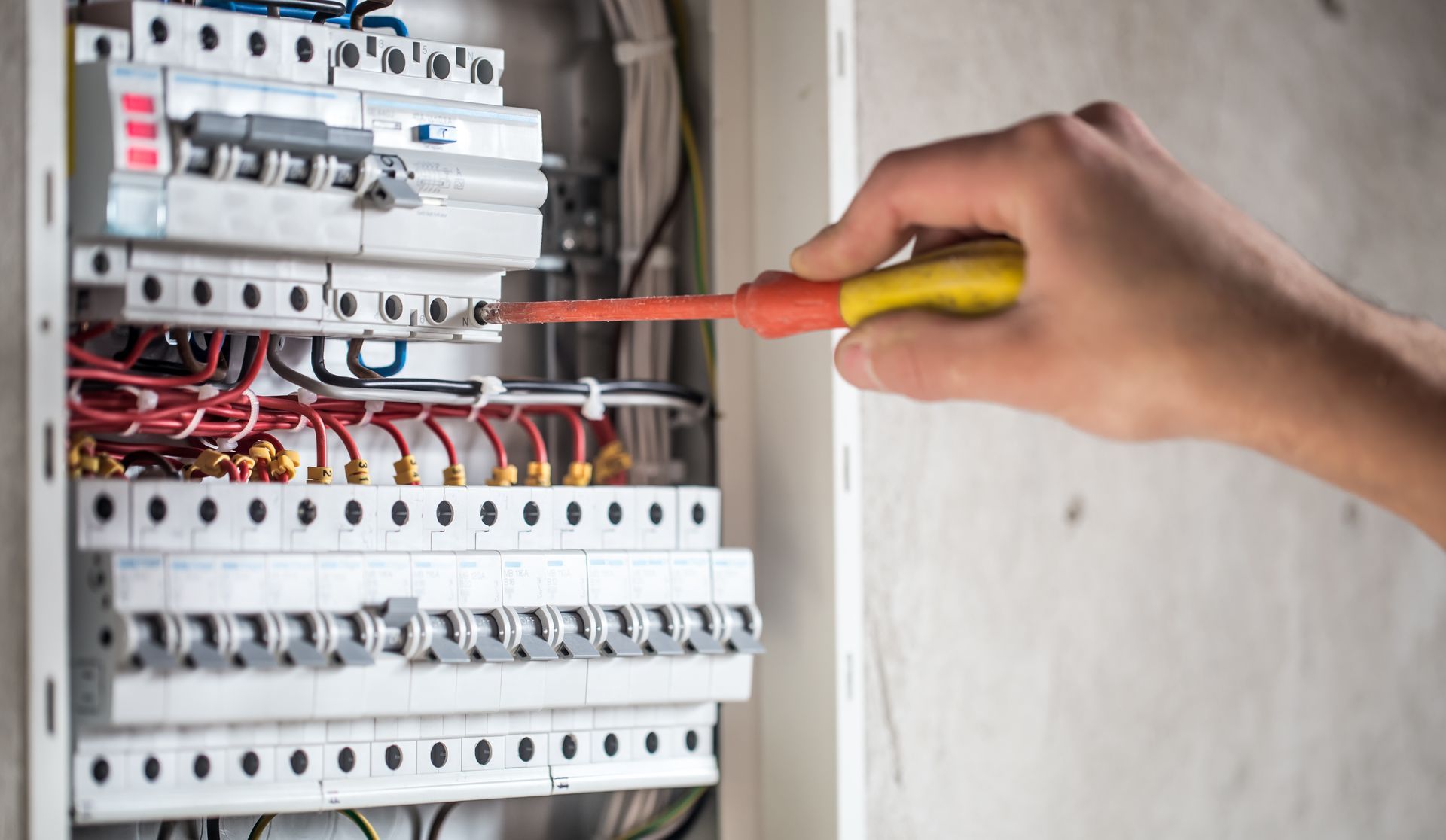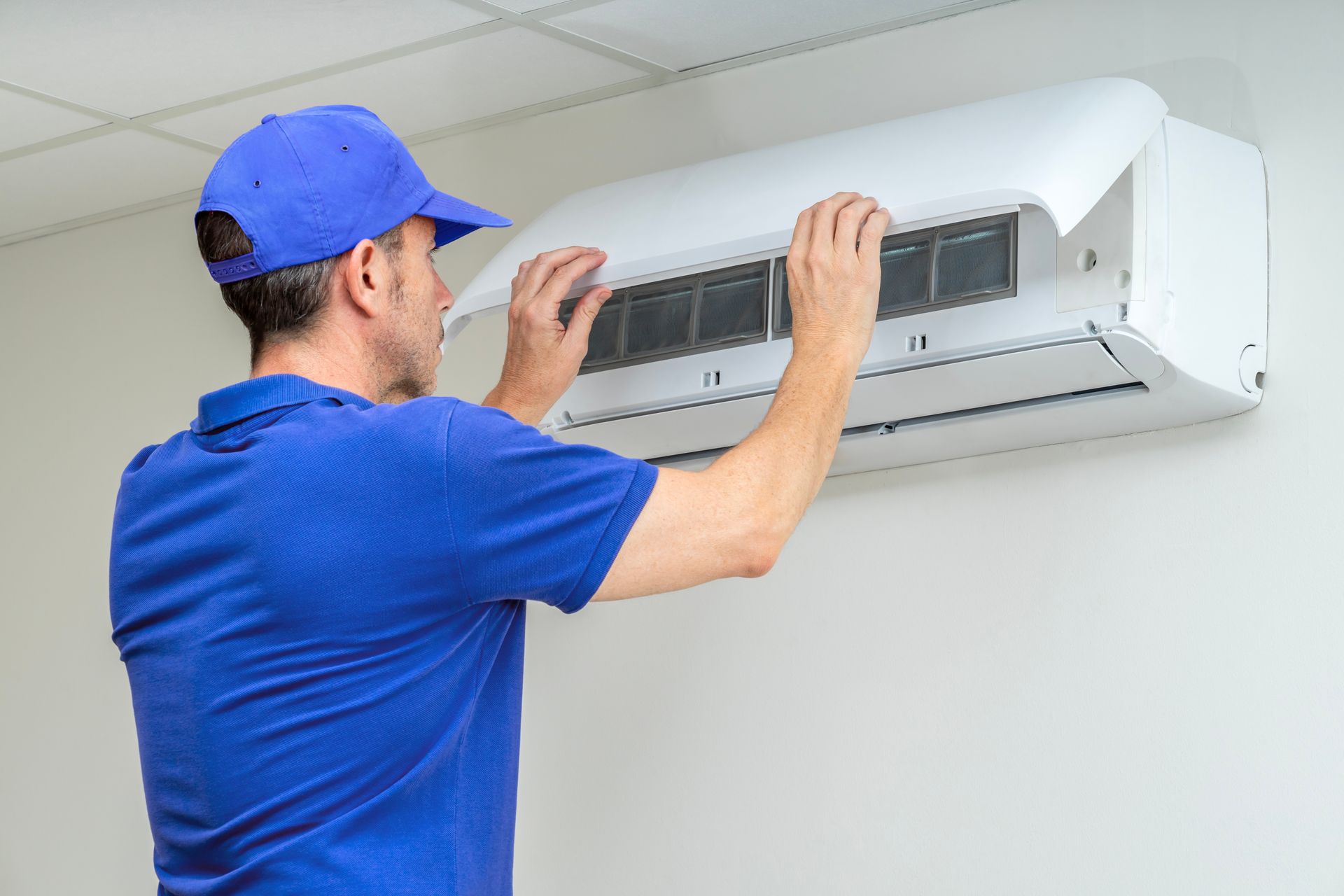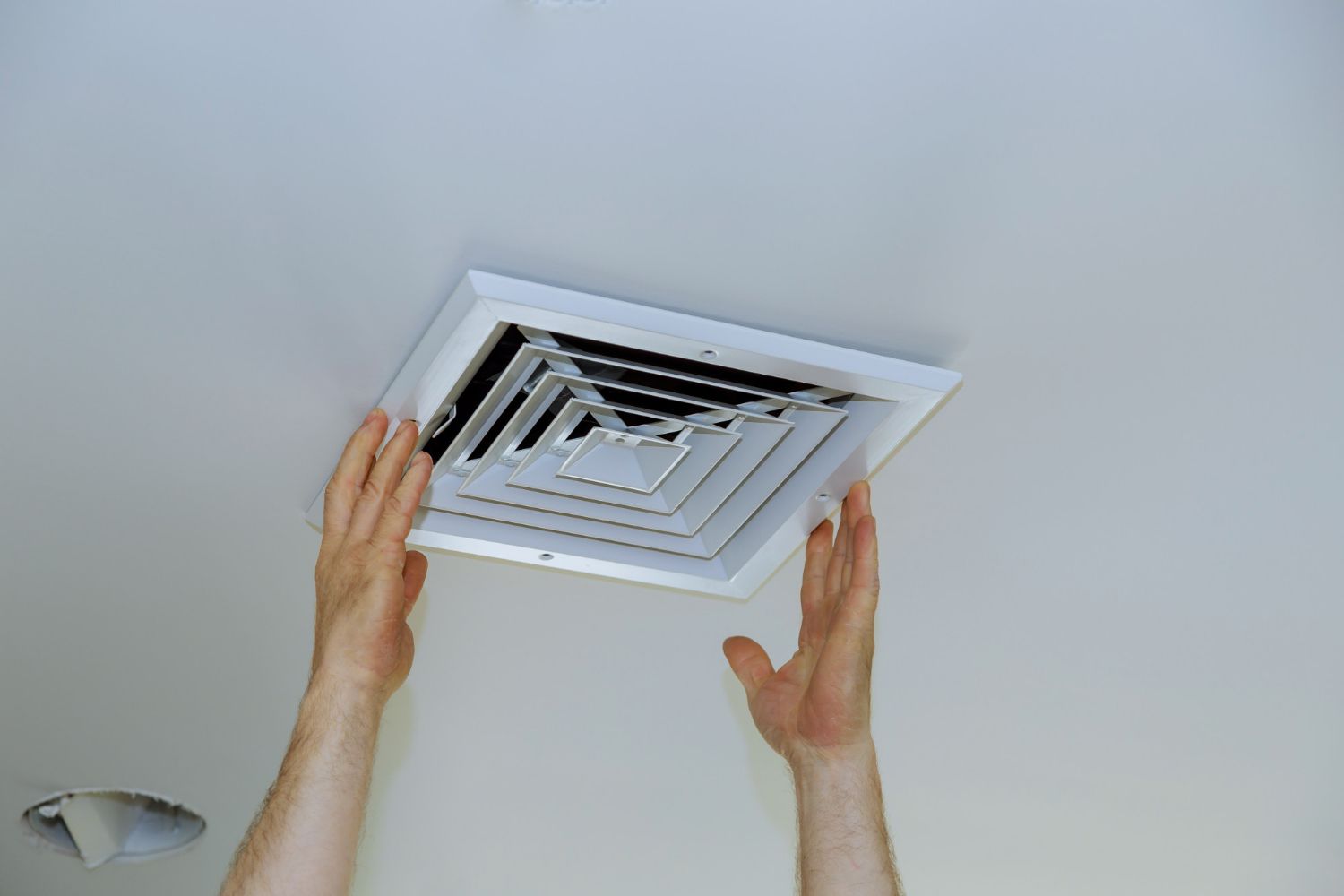Top Signs Your HVAC Needs Immediate Repair
Your HVAC system is vital for maintaining comfortable indoor temperatures, regardless of the season. However, like any complex system, it requires regular attention to remain efficient and effective. Being aware of the early signs that indicate your HVAC system needs repair can save you from unexpected breakdowns and costly repairs. At Paul White HVAC Service, we aim to help you identify these warning signs so you can take prompt action and ensure your home remains a haven of comfort.
1. Inconsistent Temperatures
Uneven Heating or Cooling
If some rooms in your home are consistently cooler or warmer than others, it could signal an issue with your HVAC system. This inconsistency might be due to blocked vents, ductwork problems, or a malfunctioning thermostat that requires professional assessment.
Fluctuating Indoor Climate
Frequent fluctuations in indoor climate, where the system struggles to maintain a set temperature, are clear indicators that your system is not performing optimally. Addressing these issues promptly can prevent additional strain on your HVAC system.
2. Unusual Noises
Clanking or Banging Sounds
Loud clanking or banging noises coming from your HVAC system are not just an annoyance—they're usually a sign that components like the blower motor or fan blades are loose or damaged. Ignoring these sounds could lead to more significant damage.
Whistling or Hissing
Whistling sounds often indicate airflow issues, such as blocked vents or dirty filters, while hissing noises could point to leaking refrigerant. Both require immediate attention from an HVAC professional to prevent potential harm to your system and home.
3. Increased Energy Bills
Unexpected Spikes
A sudden rise in your energy bills without any significant change in usage could mean your HVAC system is working harder than it should to maintain comfort levels. This increased workload can stem from issues like failing components or decreased system efficiency.
4. Frequent Cycling
Rapid On/Off Cycling
Your HVAC system should run in cycles that maintain your set temperature efficiently. If it’s turning on and off too frequently, this can signal problems such as a malfunctioning thermostat or an oversized unit, both of which necessitate professional evaluation.
5. Poor Air Quality
Increased Dust and Allergens
If you observe more dust circulating or an increase in allergy symptoms within your home, your HVAC system might not be filtering or cycling air effectively. This could be the result of clogged filters or issues with the system's components responsible for air purification.
Unpleasant Odors
Strange odors emanating from your HVAC system, such as musty or burning smells, can indicate mold growth or electrical issues, respectively. These problems not only affect air quality but can also pose health risks, highlighting the need for immediate inspection.
6. Excessive Moisture or Leaks
Water Around the Unit
Pools of water or frequent moisture around your HVAC unit often signal problems with drainage or refrigerant leaks. Water leaks can lead to significant damage to both your HVAC system and your home, so it's crucial to address them promptly.
Icing on the Unit
Ice formation on your HVAC unit, especially on the coils, is a sign of multiple potential issues, such as low refrigerant levels or restricted airflow. This can hinder system performance and should be investigated by a professional.
Recognizing the signs that your HVAC system needs immediate repair can prevent small issues from becoming major, costly problems. Whether it's inconsistent temperatures, unusual noises, or increased energy bills, being proactive can save you time, money, and discomfort. At Paul White HVAC Service, we are dedicated to providing expert repairs and maintenance to ensure your system operates efficiently year-round.
If you notice any of these signs in your HVAC system, don't wait for the problem to escalate. Contact Paul White HVAC Service today at (714) 271-3433 or email us at paulwhitehvacservice5@gmail.com to schedule an inspection. Our team of experienced professionals is ready to restore your home's comfort and peace of mind.


